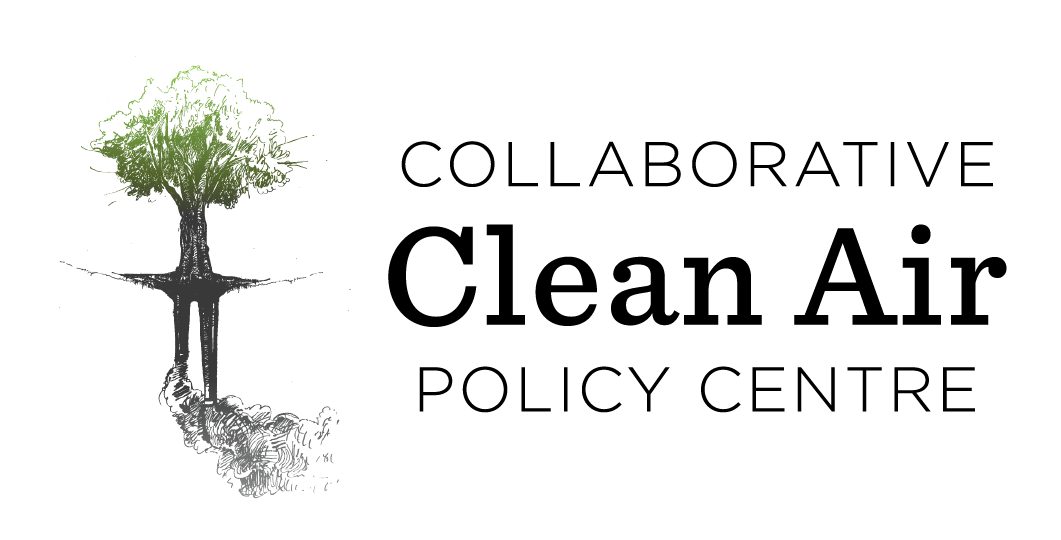The Government of India has recently initiated unprecedented efforts to address the substantial national health burden attributable to ambient and household air pollution. The key first step was the constitution by the Ministry of Health and Family Welfare (MHFW) of an expert committee on air pollution and health. This committee put together a landmark report (MHFW 2015) released earlier this year that outlined targeted actions aimed at providing the largest exposure reductions (and consequent health benefits), instead of traditional approaches to air quality management. India’s health ministry is perhaps the first among low and middle income countries to initiate steps that directly address air pollution as a national health concern.
Read MoreKirk R. Smith, The Indian LPG Programmes: Globally Pioneering Initiatives, Chapter 5 in Bibek Debroy & Ashok Malik, eds, India@70; Modi@3.5, Wisdom Tree, New Delhi, 2017, 211 pp.
Read MoreThis chapter describes an extended cost-effectiveness analysis (ECEA) of policies designed to promote uptake of hypothetical HAP control interventions aligned with three national government programs:
- A low-cost, mud chimney stove, as was promoted in the National Programme on Improved Chulhas that operated from about 1983 to 2002 (We evaluate this program under the same current conditions as the other programs.)
- An advanced combustion cookstove, like that being promoted in the current National Biomass Cookstoves Initiative
- A transition to LPG being promoted in the national Give It Up campaign.
Winter air pollution in Ulaanbaatar, Mongolia is among the worst in the world. The health impacts of policy decisions affecting air pollution exposures in Ulaanbaatar were modeled and evaluated under business as usual and two more-strict alternative emissions pathways through 2024. Previous studies have relied on either outdoor or indoor concentrations to assesses the health risks of air pollution, but the burden is really a function of total exposure. This study combined projections of indoor and outdoor concentrations of PM2.5 with population time-activity estimates to develop trajectories of total age-specific PM2.5 exposure for the Ulaanbaatar population. Indoor PM2.5 contributions from secondhand tobacco smoke (SHS) were estimated in order to fill out total exposures, and changes in population and background disease were modeled. The health impacts were derived using integrated exposure-response curves from the Global Burden of Disease Study.
Read More